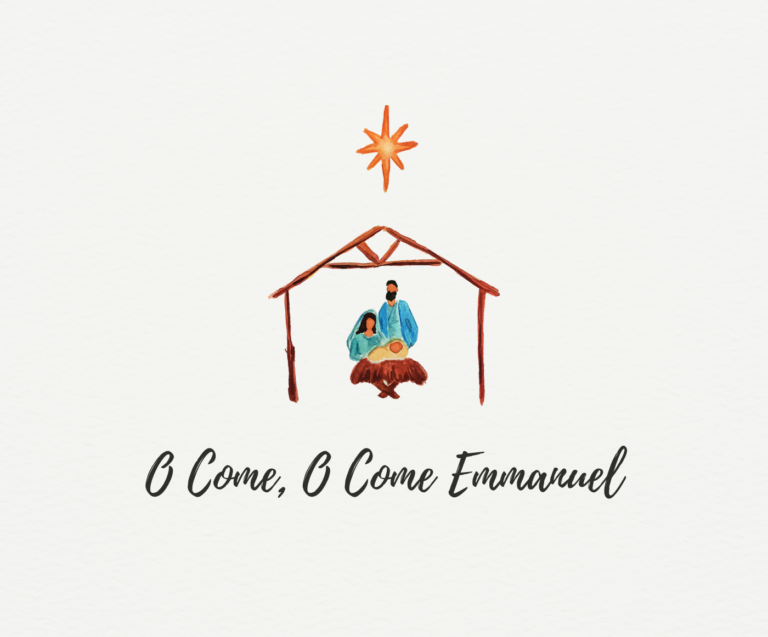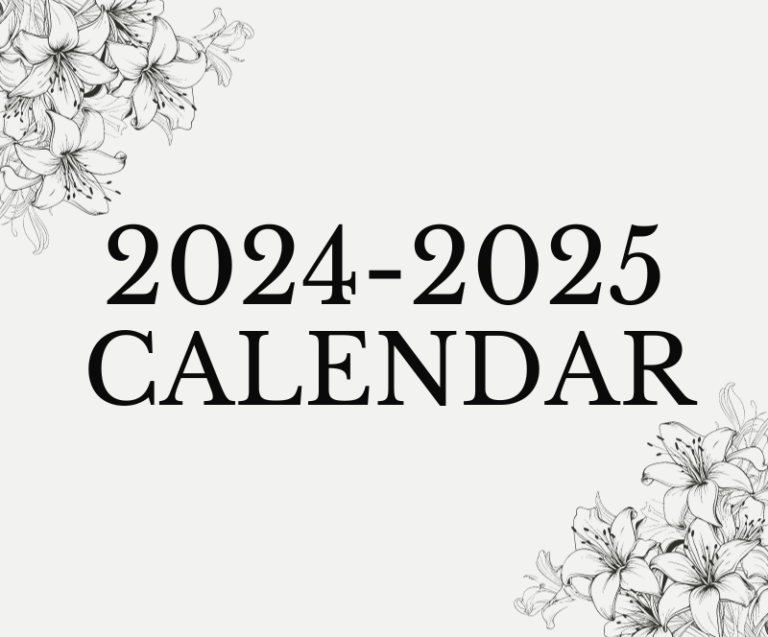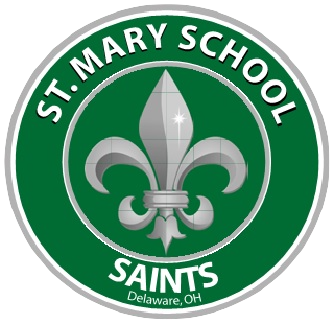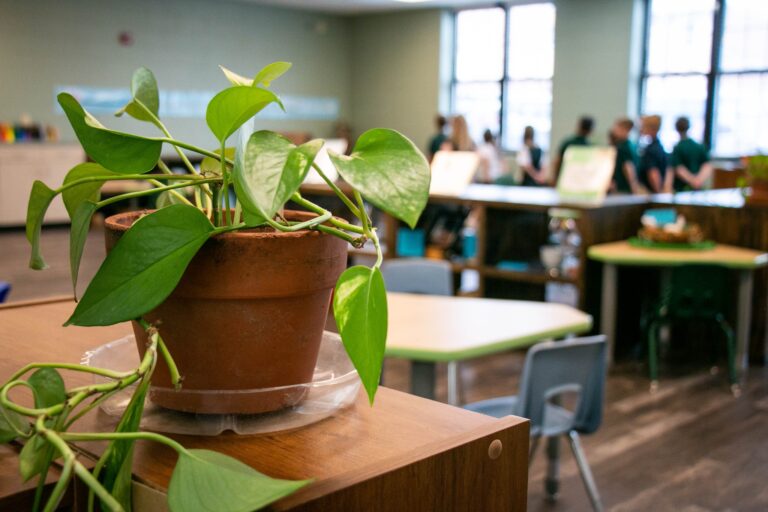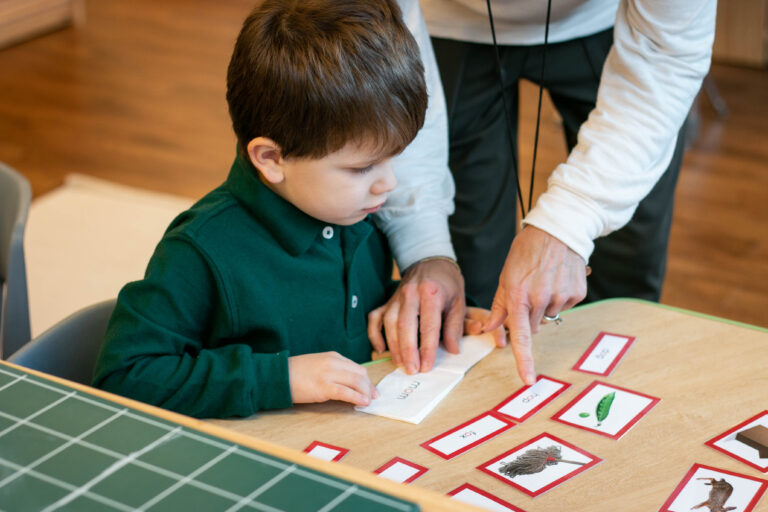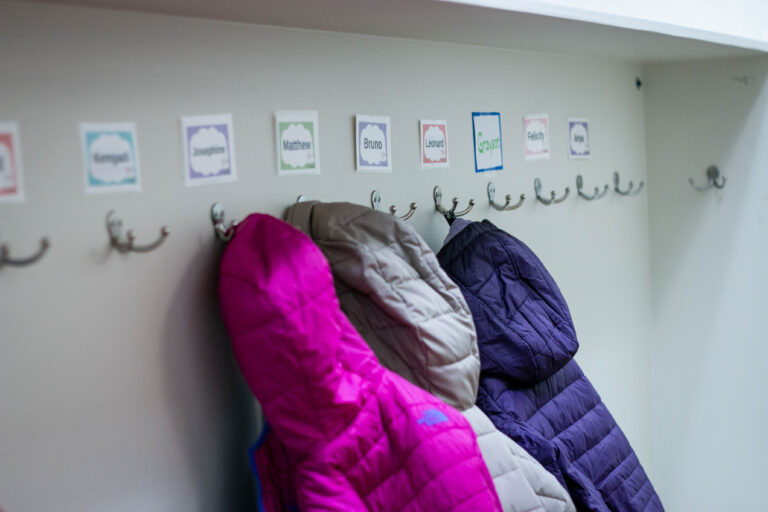Montessori Education Overview
- Home
- Montessori Education Overview
Montessori Education Overview
What is Montessori based Education?
Montessori education is student-led and self-paced but guided, assessed, and enriched by knowledgeable and caring teachers, the leadership of their child peers, and a nurturing environment.
A distinctive feature of Montessori education is the specific materials and activities that allow a child to learn through action. These materials were developed by Dr. Montessori and her collaborators over 45 years, and are integral to the program that also involves placing children in 3-year groupings, lessons that are almost exclusively in small groups or one-on-one, a highly organized physical space, and free choice among constructive learning activities. The materials used in these activities provide corrective feedback, and are grouped into curricular areas of Sensorial, Language, Mathematics and Geometry, Geography, Culture, Music, and Art, as well as Practical Life.
These curricular areas help to foster growth for children in all areas of their development—cognitive, emotional, social, and physical.
What are the benefits of a Montessori based Education?
Given the freedom and support to question, probe deeply, and make connections, Montessori students grow up to be confident, enthusiastic, and self-directed learners and citizens, accountable to both themselves and their community. They think critically, work collaboratively, and act boldly and with integrity.
According to studies:
- Children who previously attended Montessori programs showed social and cognitive benefits by high school. 1
- Children who attended public Montessori programs from ages 3 to 11 performed better at ages 15 to 18 in math and science than demographically-matched classmates who had been in other programs through the 5th grade.2
- People who spent at least two years in Montessori had higher wellbeing as adults than people who never went to Montessori.3
- Children in Classic Montessori programs, as compared with children in Supplemented Montessori and Conventional programs, showed significantly greater school year gains on outcome measures of executive function, reading, math, vocabulary, and social problem solving.4
Resources
- Karnes, M., Shewedel, A., & Williams, M. (1983). A comparison of five approaches for educating young children from low-income homes. In Consortium for Longitudinal Studies (Ed.), As the twig is bent: lasting effects of preschool programs (pp. 133–171). Hillsdale, NJ: Erlbaum.
- Dohrmann, K. R., Nishida, T. K., Gartner, A., Lipsky, D. K., & Grimm, K. J. (2007). High school outcomes for students in a public Montessori program. Journal of Research in Childhood Education, 22, 205–217.
- https://therapytips.org/interviews/are-montessori-schools-better-than-public-schools
- Lillard, Angeline S. (2012). Preschool children’s development in classic Montessori, supplemented Montessori, and conventional programs. Journal of School Psychology.
Have a Question?
FAQ
Dr. Montessori first developed the Montessori method by working with children with special needs. Through observation and testing, these children met or exceeded comprehension and curriculum expectations compared to other children. Each child in a Montessori classroom gets a tailored lesson plan to ensure that they are successful and excelling. IEP support will continue to be available for all children.
The class ratios will depend on enrollment and are driven by the state guidelines that take into account space and the age of children.

